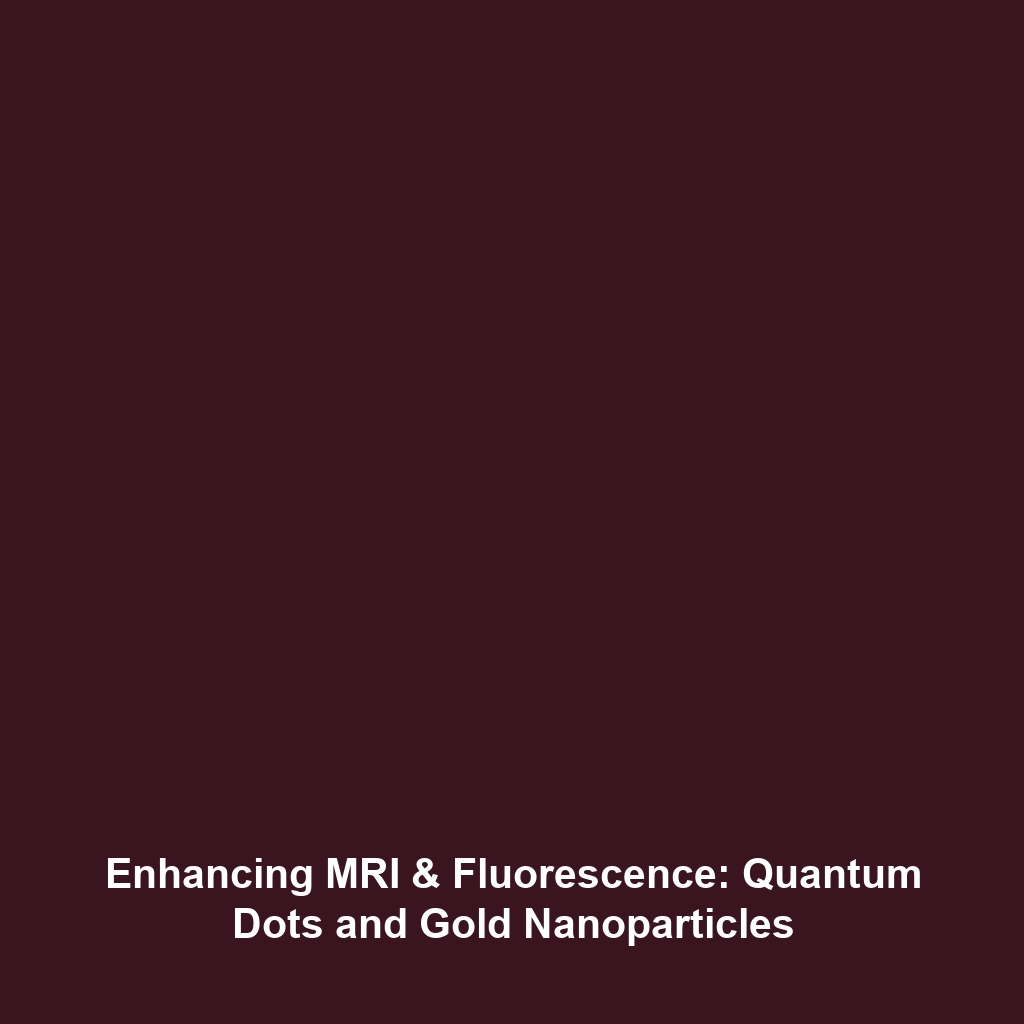Base Editing: Precise Editing Without Cutting DNA
Introduction
Base Editing is transforming the landscape of genetic manipulation, representing a groundbreaking advancement in the field of CRISPR gene editing. This innovative technique allows for the precise modification of DNA bases without creating double-stranded breaks, vastly reducing the risk of unintended mutations. Understanding Base Editing is crucial for researchers and enthusiasts alike as it opens a new frontier in genetic research, disease prevention, and potential therapies for genetic disorders.
Key Concepts
What is Base Editing?
Base Editing is a versatile tool that focuses on converting one DNA base into another with extraordinary precision. This mechanism utilizes a modified form of the CRISPR technology, integrating a deaminase enzyme that facilitates the conversion process while ensuring that the target DNA strand remains uncut. Key components include:
- CRISPR-Cas9 System: The foundational technology that guides the editing machinery to the precise DNA location.
- Deaminases: Enzymes that change the chemical structure of DNA bases, facilitating the editing process.
By focusing on single base pair changes, Base Editing can correct point mutations, which are often the root cause of genetic diseases.
Applications and Real-World Uses
The applications of Base Editing are vast and varied, showcasing its potential in the realm of CRISPR gene editing:
- Genetic Disease Treatment: Base Editing holds promise in addressing genetic disorders such as sickle cell disease and beta-thalassemia by correcting mutations at the DNA level.
- Crop Improvement: In agriculture, Base Editing is used to enhance crop resilience and yield by modifying specific traits without disrupting the overall genotype.
- Model Organisms: Researchers utilize Base Editing to create precise alterations in model organisms to better study genetic diseases and potential treatments.
These applications demonstrate how Base Editing is becoming an essential tool in CRISPR gene editing, paving the way for innovative medical solutions and agricultural advancements.
Current Challenges
Despite its advantages, the use of Base Editing is not without challenges. Key issues facing this technology include:
- Off-Target Effects: Although Base Editing aims for high precision, unintended changes can still occur, necessitating careful evaluation.
- Delivery Mechanisms: Efficient delivery of Base Editing components into target cells remains a significant hurdle for effective implementation.
- Ethical Concerns: As with all genetic editing technologies, ethical debates surrounding the implications of human germline modifications persist.
Future Research and Innovations
The future of Base Editing is promising, with ongoing research focusing on enhancing its precision and expanding its capabilities. Innovations on the horizon include:
- Next-Generation Delivery Systems: Developing advanced methods to deliver Base Editing tools effectively into target cells.
- In vivo Applications: Further exploration of Base Editing for therapeutic use in living organisms to tackle genetic diseases directly.
- Combination Approaches: Integrating Base Editing with other gene editing technologies for synergistic effects and more comprehensive treatments.
Conclusion
Base Editing represents a significant leap forward in CRISPR gene editing, offering precise editing capabilities without cutting DNA. Its applications promise to address critical medical and agricultural challenges, although hurdles remain in its implementation. Continued research and innovation will shape the future of genetic therapies and solutions. For further insights into the advancements in genetic editing technologies, consider exploring our related articles on CRISPR Applications and Innovations in Editing Technology.

